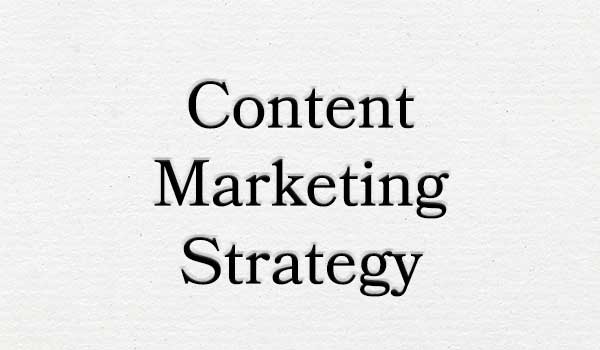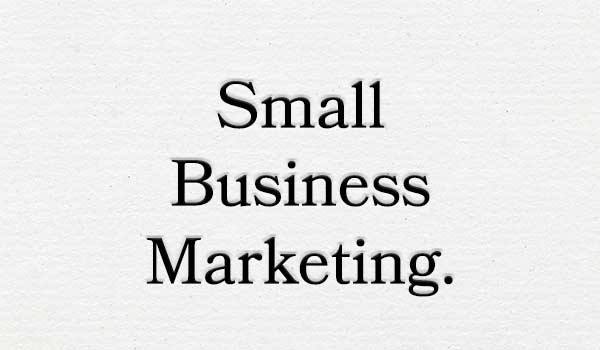Finding keywords for your content marketing posts is easier than you think. You’re already doing it every day. When you’re looking for the best office chair or trying to figure out which whiskey to buy for your cousin’s wedding. Your Google tactics already get you what you want. You’re a search bar ninja warrior. So applying your mad skills to building a bundle of keywords for your content marketing is not just a smart move, it puts you way ahead of your competition.
Because they’re probably trying too hard.
Assuming they’re a small firm or even a single-owner business, your competition is bogged down in learning the process. They’re scanning websites to learn how to do this, and believe me, right now, they’re pulling out their hair. But not you. You’re cool calm and collecting keywords by the bucket. Or you will be…
If you follow my simple trick for finding keywords the easy way
Step 1: Adopt the mindset of your target audience
Ask yourself these key questions:
- Where are they in their journey of conversion?
- What questions are they asking?
- What advice is Google giving them?
- What is their real problem?
- How can you solve it?
Step 2: Break these questions down, then answer them with keywords and phrases
Where are they in the buyer’s journey?
Understanding the path a potential client follows to your shop is critical. The journey has three parts: discovery, education, and action. But I like to think of them in less classical terms as:
- Oh, crap!
- What do I do now?
- Oh, hey, this will work.
But to really get the hang of this and recognize it as a set of skills you already possess, let’s use a common scenario. Let’s order out!
Phase 1: Finding Keywords for “OH CRAP!”
Nobody wants to cook tonight, so we’re ordering out. We’ve settled on Thai food. Now we fire up the Google machine and get started. First, we type in the broadest possible search term because no matter how smart or how skilled we are, in the OH CRAP moment, we’re all idiots. We search for “Thai.”
But Google’s smarter than us, and it’s three steps ahead, so before we even hit return, it’s finished our sentence with ” . . . food near me.”
Because Google’s predictive search is a gold mine for finding keywords
The search engine Mastodon keeps track of every search phrase ever entered, organizes them in a million brilliant ways, and uses machine learning to predict what you’re looking for. It knows that it’s ten minutes after six. Suppertime. So many other people are ordering out, and they’re all searching for “[xxx] restaurants near me.” Also, you did this last week, and Google remembers. Google has taken you immediately into the next chapter of your saga.
Phase 2: Finding Keywords for “What do I do now?”
In the education stage, you narrow your search. You tweak it without thinking about it. You go with Google’s suggestion, so now you’re looking at a list of Thai restaurants in your area. But you’re no chump. You look for businesses with good reviews. You click on “ratings” and pick five stars and above. Now your search results are more focused. Every restaurant is a good one. How do you pick the best one?
You click on the top result. A window slides open with all the information about that restaurant. As you scroll down, you see the written reviews. The top review on this one says “they’re awesome, but the curry burnt my mouth.” The next restaurant’s reviews mention their pot stickers were kind of greasy. The third one talks about how great their service is and how delicious the food is. Plus, they’re only a mile away—the closest place. You notice a note from the restaurant: “Welcome to Pham Thai Restaurant. We would like to take this opportunity to welcome you to your home to the great combination of Thai dishes. We serve only the freshest and finest ingredients.” That’s a nice touch.
Phase 3: Finding Keywords for “This will work”
You click on their Doordash link and boom; you order a raft of delicious Tom Yum and Duck Red Curry and Pot Stickers and the supper is on its way.
Now just do the same thing in reverse
Find your discovery phase, or the “oh crap” keywords
Of course, you need to put yourself in your client’s headspace. Act as if you have their problem. Really adopt that mindset then start your search, just like we did for Thai food.
Type in the broadest category for your business. Windows, Law Firm, or Marketing. Google will add its predictive text based on the most common searches (from your area and in your category). Write them down. Try more broad terms. Bay Windows, Malpractice Law, Boat Marketing. Keep finding terms. Collect them and keep going until you feel you’ve exhausted the top-level search terms.
Narrow your search to define and learn more about the problem
Now look at the search results page for each of these terms. About halfway down is the PEOPLE ALSO ASK box. This is a treasure chest of useful search terms.
- what is the average price of a bay window?
- How much does a good bay window cost?
- What are the disadvantages of a bay window?
Further into the search results, we find the PLACES section of businesses listed by location. Those businesses are your competitors for that search term. Once you’ve choses your most effective keywords, you should try them again and note the businesses listed. Make sure your Google Business page is a better match than theirs.
After Places, we see a collection of images. Click on one and Google opens a sidebar for thatr image and similar images. The metadata for those images is displayed, which is often the name of the business or manufacture. You need to note the images that appear for your search terms then add those terms into the metadata for images used in your content marketing posts.
Now scroll through the results
Each entry displays a Google Snippet, or a description of its article, an image, and some other relevant data, like ratings or prices. Consider how you want your article snippets to appear in the search results. What metadata might convince your clients to click on your listing?
Further into the results is the RELATED SEARCHES section. For each of your keywords, collect every related search. By weaving these phrases into your story, you increase your chances of landing in related searches for your products and services.
By now you’ve racked up an impressive list of keywords and search phrases for your post. You can winnow these terms down to a shorter list to use in just one article, or you can organize them into groups to develop a strategy.
Step 3: Write posts for every part of the buyer’s journey
If you take time and collect a lot of keywords for every part of your buyer’s journey, then you’ve developed the bones of a strategy. Each “customers also asked” entry should be the title of a post. Each image should inspire a list of your products. Every key word or search phrase should be turned into an article.
Resources for finding keywords
How to Find Keywords in Three easy steps
How to find keywords in three easy steps
- Put yourself in your buyer’s headspace
Adopt their problem, then search for a solution. Your natural instincts as a Google user will guide you through the process of narrowing your list according to the buyer’s journey. You already do this all the time. Only now, you’re taking notes.
- Collect keywords from every portion of the search results page
Look at CUSTOMERS ALSO ASKED, and PLACES, and RELATED SEARCHES. Look at the metadata for images. Read the snippets from other businesses. Collect all the keywords, metadata, and phrases you see. Organize them in a way that makes sense. Look for emerging subjects and trends.
- Use your results to develop an content marketing strategy and individual posts
All of these keywords can be the focus of articles. By collecting so many, you have essentially developed a long-term content marketing strategy over the three phases of your buyer’s journey, ensuring you meet them at every stage.
Wildly, effectively, strategically creative.
Award-winning content writng.


